ESS EOYT
1/60
Earn XP
Description and Tags
Topics: - 1 (all) - 2 (all) - 3 (all) - 4.1-4.2 - 5.1
Name | Mastery | Learn | Test | Matching | Spaced |
|---|
No study sessions yet.
61 Terms
Simpson’s Diversity Index
a measure of diversity which takes into account the number of species present and the relative abundance of each species
Simpson’s Diversity Index formula
n = total number of organisms of a particular species
N = total number of organisms of all species
High values of D indicate a stable and ancient site
Low values of D indicate pollution, recent colonization or agricultural management

Standard deviation
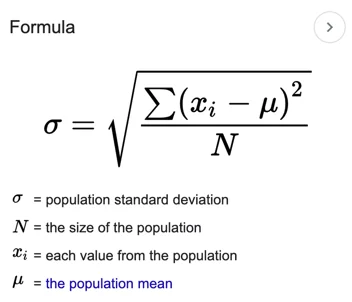
T-test
tells you if you can trust your data
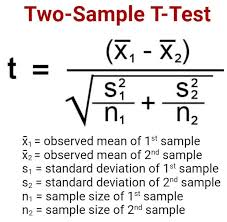
Biodiversity
The amount of biological or living diversity per unit area
Species diversity
The variety of species per unit area. Includes the number of species present and their relative abundance
Habitat diversity
The range of different habitats or number of ecological niches per unit area
Genetic diversity
The range of genetic material present
Threats towards biodiversity
Natural hazards
Loss of habitat
Fragmentation of habitat
Pollution
Agricultural practices
Overexploitation
Non-native species
Spread of disease
Factors used to determine conservation status
Population size
Reduction in population size
Number of matured individuals
Geographical range/degree of fragmentation
Quality of habitat
Factors making species prone to extinction
Limited distribution
Small population size
Habitat specialists
Low reproductive capacity
Poor competitors
Large mammals
Valuable products
Altruistic species
Position in the food chain
Umbrella species
large species that require a large habitat. if you protect their habitat, you also protect habitats for other species (e.g. the giant panda)
Flagship species
species selected to act as an ambassador or symbol for a campaign/environmental cause (e.g. panda for WWF)
Keystone species
species that interact in the food web and if lost, leads to the demise of other species. they protect the entire community (e.g. sea otters help the health of kelp forests but are vulnerable to predators, therefore risking kelp forests)
Speciation
occurs when a group within a species separates from other members of its species and develops its own unique characteristics
Natural selection
a natural process resulting in the evolution of organisms best adapted to their environment. Organisms that are more adapted to their environment are more likely to survive and pass on the genes that aided their success.
Geographical isolation
essential in the formation of a new species. Populations of the same species separate, cannot interbreed and start to diverge if the environments they inhabit change
Reproductive isolation
evolutionary changes to the appearance or behaviour of populations may result in males and females of those populations no longer being attracted to each other and therefore not breeding. the exchange of genes may slow and eventually stop, different species may arise
Constructive margins (plate activity)
the plates move apart from one another. When this happens the magma from the mantle rises up to make new land in the form of a shield volcano.
Destructive margins (plate activity)
The plates move towards one another and this movement can cause earthquakes. As the plates collide, the oceanic plate is forced beneath the continental plate.
Collision margins (plate activity)
when two continental plates move towards each other and collide. The land between the plates is forced upwards to form fold mountains
Conservative margins (plate activity)
the plates are moving past each other or move side by side at different speeds. As they move, friction occurs become stuck. They are trying to move so pressures and stresses build up in the crust. When the pressure is released suddenly, waves of energy move through the crust, causing an earthquake.
Soil ecology
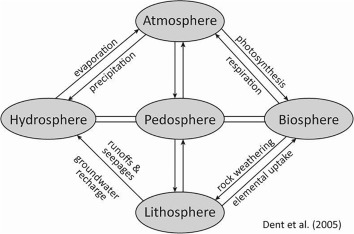
Horizons
layers of soil
Horizon O
organic - ecosystem litter, hummus, organisms
Horizon A
topsoil - decomposing organic layers
Horizon E
subsurface - depleted organic
Horizon B
subsoil - clay
Horizon C
parent material - loose rock
Horizon R
bedrock
Earth’s water budget
all water on earth (70% of earth’s surface)
97% contained in oceans as salt water
3% freshwater
Hydrological cycle
the process where water is constantly recycled between the sea, air and land
Water borne
infection usually occurs from drinking contaminated water
Water washed
indirect infection, through skin, eyes or ears from exposure to contaminated water
Water based
pathogen spends part of life cycle in water. Route of entry into human water
Water related insect vector
spread by insects that breed in or near water
Ground water contamination
run-off/earth causes contaminated of groundwater
Water stress
when demand exceeds the available supply over a certain time period or when the quality of water restricts its use
Water scarcity
insufficient availability of quality water to meet the demands of a region’s population and ecosystems
Water as a resource
Filtration of un-clean water
Economic status - infrastructure to support
Population - is there enough to go around?
Climate - dry vs humid
Location - proximity & neighbouring
There but not usable
Agriculture grows
Water withdrawl
freshwater taken from ground or surface water sources either permanently or temporarily, and conveyed to a place of use
Water consumption
water use that is not returned to the original water source after being withdrawn
Water waste
water generated after the use of water in a variety of processes
Large scale scarcity (not enough)
building dams
rainwater harvesting
artificially recharged aquifers
Small scale scarcity
grey water recycling/nighttime watering
rainwater harvesting
drip irrigation
drought resistant crops
Degradation (not usable)
contamination groundwater (metals)
salinisation of top soil
pesticides/fertilisers
industrial pollutants
Soil systems
a dynamic ecosystem that has inputs outputs, storages and flows
Soil system storages
organic matter
nutrients
minerals
air
water
Soil
a mixture of eroded rock, mineral nutrients, decaying organic matter, water, air and billions of living organisms. it is continually changing and developing through physical, chemical and biological processes such as weathering, erosion and translocation
Why soil is important
grow crops/agriculture
habitat for organisms
trees (provide nutrients/root support)
filters water
Soil pyramid
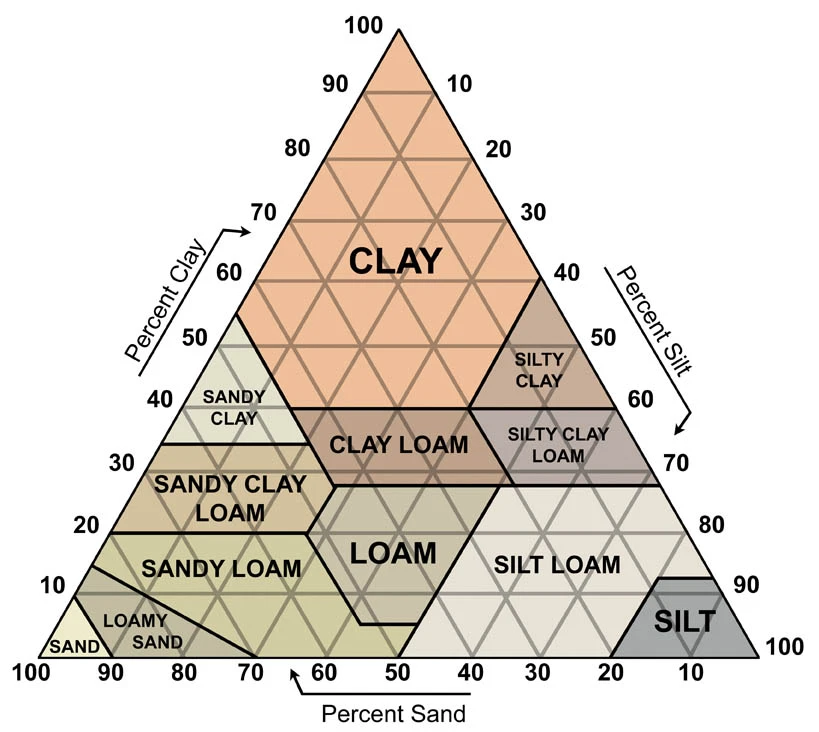
Factors affecting soil characteristics
Climate: precipitation/evaporation balance determines the dominant direction of water movement.
Organisms: Soil organisms break down the dead organic matter and mix it into the upper layers of the soil.
Relief: The elevation of the land, the aspect of the slope (the direction it faces) and the angle of the slope
Parent material: The original material that the soil develops from. It will either be the bedrock (solid rock) or a drift deposit (lake or glacial) that has been laid down on top of the bedrock.
Time: Therefore the amount of time the soil has had to develop, will affect its characteristics natural capital’s ability to renew
Micro-organisms
bacteria, algae and fungi.
Macro-organisms
earthworms, insects, mites, millipedes and mammals, such as moles.
Soil ecosystem food web
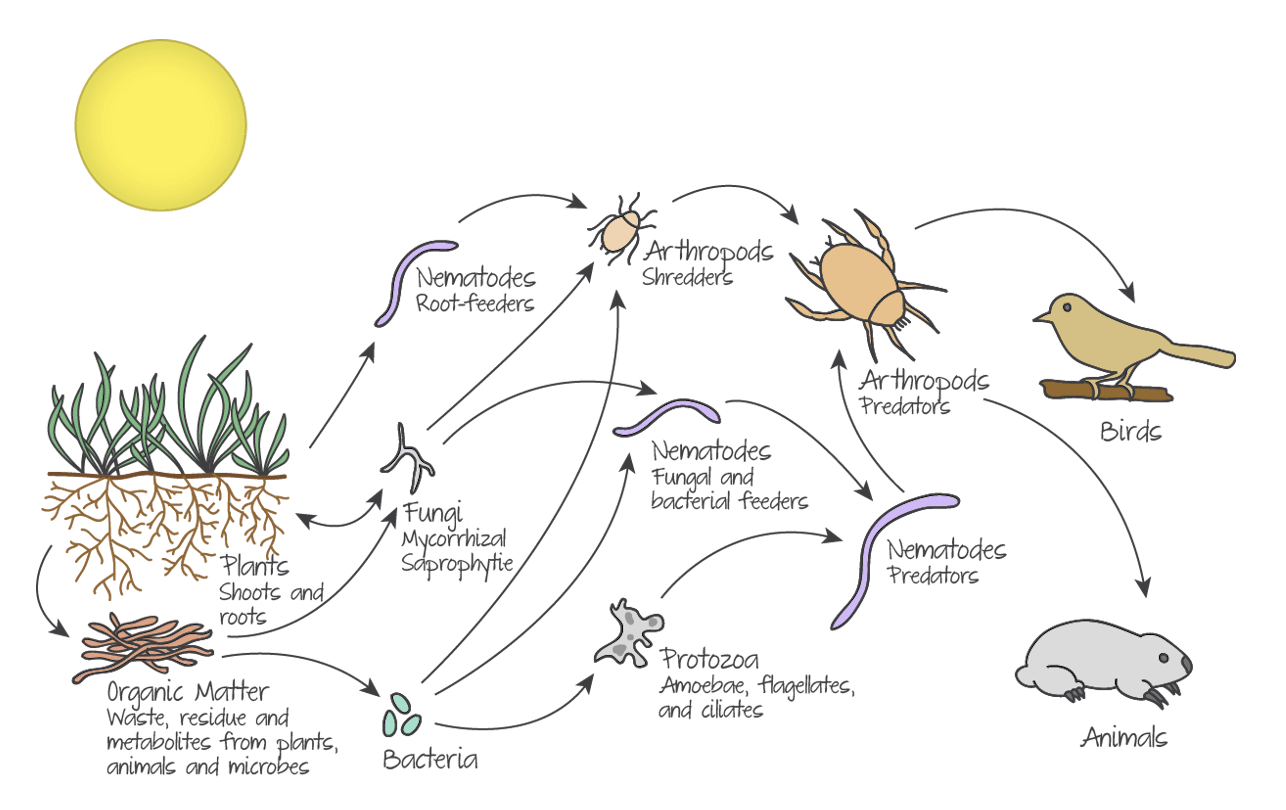
Inputs of soil
minerals
organic matter
gases
water
Stores of soil
Organic matter
Organisms
Minerals
Air
Water
Nutrients
Outputs of soil
minerals
organic matter
water
gases
Sand
feel gritty, as the particles are quite big. The large particles create large pores spaces between them. This means that they are:
- Well drained so rarely get water logged.
- Subject to drought in times of low rainfall.
- Warm up quickly in summer due to high air content.
Clay
the smallest and give soil a sticky feel. Small particles give small pore spaces and are:
- Poorly drained and prone to water logging.
- Take a long time to dry out after rainfall.
- Warm up slowly in summer due to high water content.
Silt
too small for the human eye to see and soils high in silt have a smooth feel. The smaller particles give smaller pore spaces